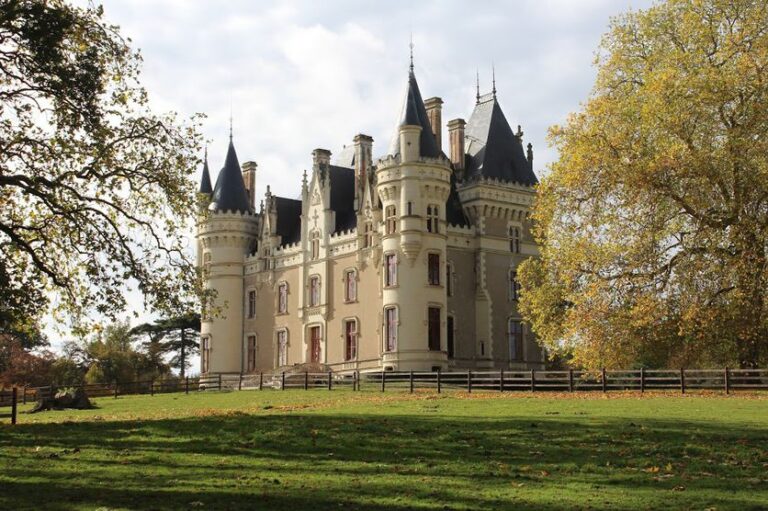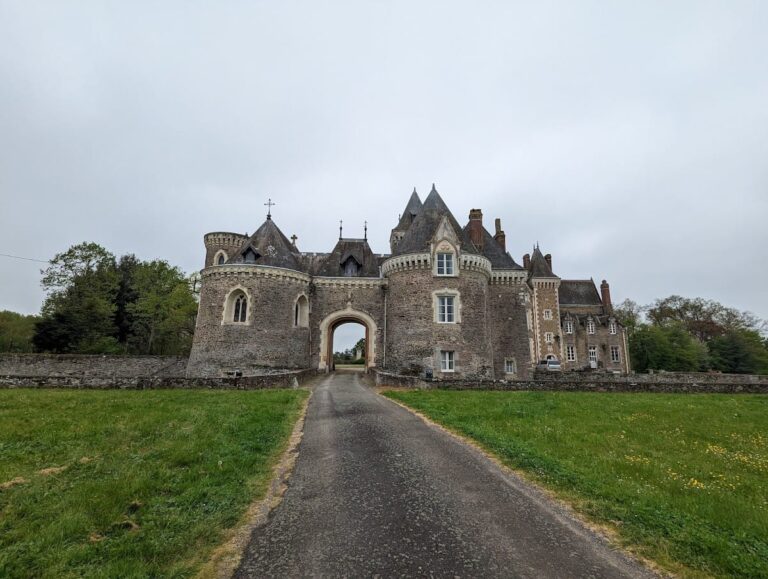Castle of Ancenis: A Medieval Fortress in Loire-Atlantique, France
Visitor Information
Google Rating: 3.9
Popularity: Low
Google Maps: View on Google Maps
Official Website: ancenis-saint-gereon.fr
Country: France
Civilization: Medieval European
Remains: Military
History
The Castle of Ancenis is located in Ancenis-Saint-Géréon, in the Loire-Atlantique department of western France. It was built by the Breton civilization around the year 990. The fortress was established by Aremburga of Ancenis, widow of Guerech, Duke of Brittany, as a motte-and-bailey castle featuring basic defenses such as a moat and wooden palisade. Although a plaque claims Guerech built the castle in 984, no documentary evidence supports this.
Situated on the right bank of the Loire River near the border between Brittany and Anjou, the castle controlled river traffic and collected tolls. This economic and military role lasted until 1411, when authorities prohibited the detention of boats and the imposition of punitive tolls. The castle’s strategic position made it a focal point in regional power struggles.
From the 12th to the 16th centuries, the castle faced numerous sieges. English kings Henry II and John, French kings Louis IX and Louis XI, François II, Charles Duke of Brittany, and King Charles VIII all targeted it. In 1488, Charles VIII ordered the castle’s demolition, demanding workers complete the task without any holidays. Archaeological finds of cannonballs confirm the castle’s turbulent military past.
In the 17th century, the castle’s military importance declined. Cardinal Richelieu ordered partial dismantling in 1626, damaging or removing curtain walls and towers. During the 18th and 19th centuries, the moats were filled, especially in 1840 to build quays along the river. The site suffered further alterations when an Ursuline boarding school was established in 1850, followed by 20th-century school buildings.
The castle was officially recognized as a historic monument in 1977. It became municipal property in 1986 and underwent restoration in the 1990s. Between 2013 and 2015, restoration efforts removed 19th and 20th-century additions and repaired Renaissance and medieval structures, preserving the castle’s remaining heritage.
Remains
The Castle of Ancenis originally covered about 1.8 hectares and was built in the medieval style. It featured multiple round towers, two courtyards, and a defensive moat supplied by the Loire River. The construction combined stone walls with wooden elements typical of motte-and-bailey fortresses.
The most prominent surviving structure is the gatehouse, built between the late 14th and early 16th centuries. It includes a unique defensive design with a drawbridge arranged in a chicane, which forces attackers to follow a winding path. The gatehouse also has a pointed, or ogival, arched gallery equipped with a portcullis, a heavy grating that could be lowered to block entry.
Flanking the gatehouse are two round towers featuring machicolations, openings through which defenders could drop objects or pour substances on attackers below. These towers and curtain walls remain, although some were damaged or removed during dismantling phases in the 17th century.
The Renaissance residence, begun around 1529 by Claude I de Rieux and Suzanne de Bourbon, blends Gothic structural elements with an early Renaissance decorative façade facing the courtyard. This residence, along with the former chapel and a dwelling called the “logis de Marie Fouquet,” have protected façades and roofs under historic monument status.
Restoration work between 2013 and 2015 reopened entrances and reinforced structural elements of the Renaissance house. The castle’s medieval and Renaissance features survive in varying conditions, with some parts restored and others fragmentary but still in place. Excavations in the 1950s uncovered cannonballs, confirming the site’s history of sieges.










